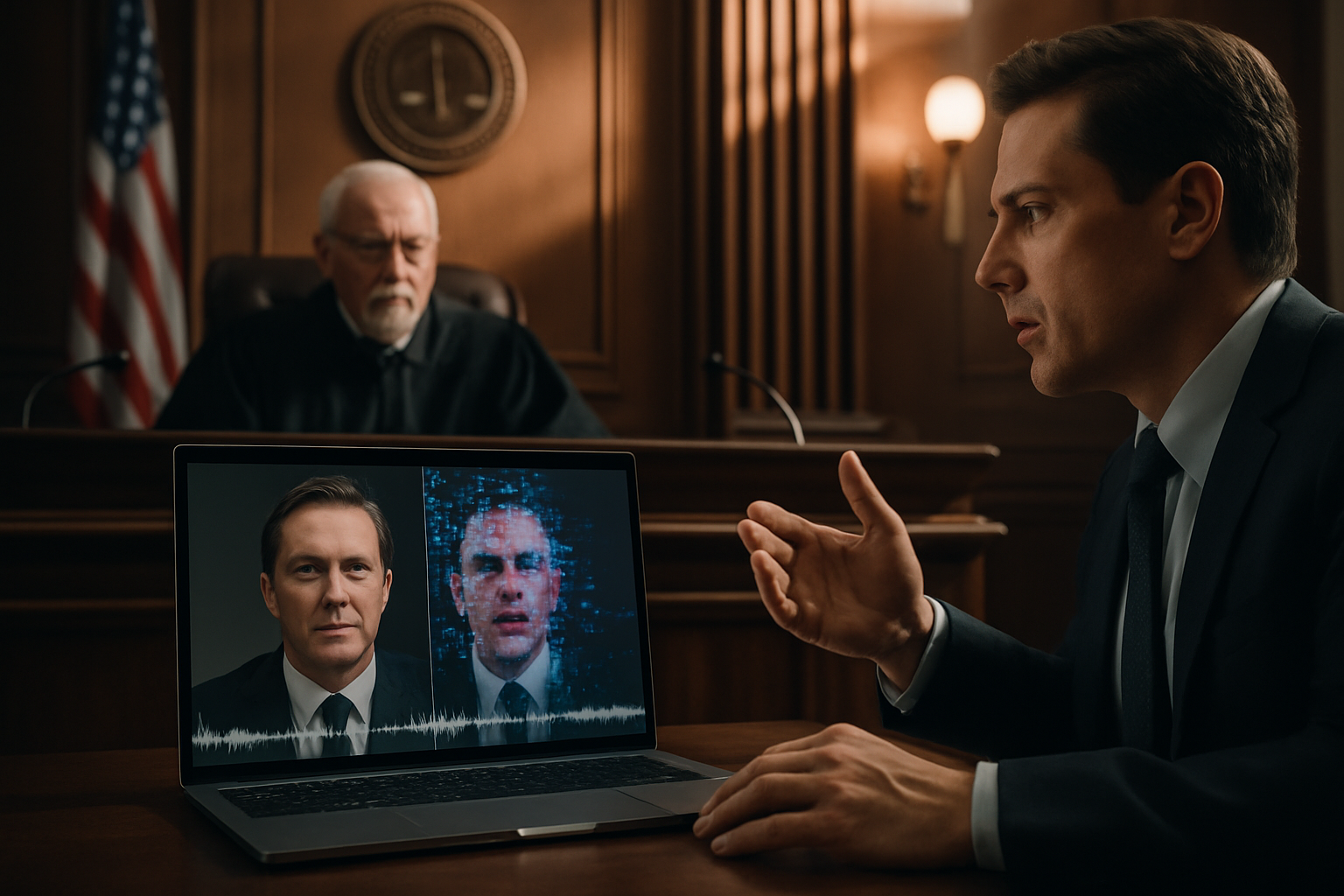The Legal Labyrinth of Deepfake Technology
Introduction: As technology advances at breakneck speed, the legal system grapples with a new challenge: deepfakes. These hyper-realistic digital fabrications pose unprecedented questions for lawmakers, courts, and society at large. This article delves into the complex legal landscape surrounding deepfake technology, exploring its implications for free speech, intellectual property, and personal rights.

The rapid proliferation of deepfake technology has outpaced existing legal frameworks, creating a gray area where traditional laws struggle to address new forms of digital manipulation. This legal vacuum has left lawmakers, judges, and legal scholars scrambling to develop appropriate responses to the challenges posed by deepfakes.
First Amendment Considerations
One of the most contentious issues surrounding deepfake regulation is its intersection with First Amendment protections. The right to free speech is a cornerstone of American democracy, but deepfakes blur the line between protected expression and harmful deception.
Courts have long recognized that certain forms of speech, such as defamation and fraud, are not protected under the First Amendment. However, the unique nature of deepfakes complicates this distinction. Some argue that deepfakes should be considered a form of artistic expression or parody, while others contend that their potential for harm outweighs any expressive value.
Intellectual Property Concerns
Deepfakes also raise significant questions in the realm of intellectual property law. The technology’s ability to recreate likenesses and voices with startling accuracy challenges existing notions of copyright and publicity rights.
Celebrities and public figures have expressed concern about the unauthorized use of their image and likeness in deepfake content. While some jurisdictions have robust right of publicity laws, these statutes were not designed with deepfake technology in mind. As a result, courts are now grappling with how to apply these laws to this new form of digital impersonation.
Criminal Law and Deepfakes
The potential for deepfakes to be used in criminal activities has led to calls for new legislation specifically targeting this technology. Several states have already passed laws criminalizing the creation and distribution of nonconsensual deepfake pornography, recognizing the severe harm such content can cause to victims.
However, crafting effective criminal statutes for deepfakes presents numerous challenges. Lawmakers must balance the need to deter harmful uses of the technology with concerns about overbroad legislation that could chill legitimate speech or innovation. Additionally, the global nature of the internet complicates enforcement efforts, as deepfakes can be created and distributed across jurisdictional boundaries.
Evidentiary Issues in the Age of Deepfakes
The rise of deepfake technology has significant implications for the legal system’s ability to establish truth and authenticity in court proceedings. As deepfakes become more sophisticated and widespread, the reliability of video and audio evidence may be called into question.
Courts are now faced with the challenge of developing new standards for authenticating digital evidence in the age of deepfakes. This may require increased reliance on forensic experts and the development of new technological tools to detect manipulated content. The potential for deepfakes to create reasonable doubt in criminal trials or sway the outcome of civil litigation underscores the urgency of addressing this issue.
The Path Forward: Legal and Technological Solutions
As the legal system grapples with the challenges posed by deepfakes, a multi-faceted approach is emerging. This includes a combination of legislative action, judicial interpretation, and technological innovation.
Some propose expanding existing laws to explicitly address deepfakes, while others advocate for entirely new legal frameworks. Simultaneously, technologists are working to develop more sophisticated detection tools to identify manipulated content. Collaboration between legal experts, policymakers, and technology companies will be crucial in crafting effective responses to the deepfake phenomenon.
The legal landscape surrounding deepfake technology is still in its infancy, and many questions remain unanswered. As courts begin to hear cases involving deepfakes and legislators continue to debate appropriate regulations, the contours of this new legal frontier will gradually take shape. What is clear is that the rise of deepfakes represents a significant challenge to our legal system, requiring innovative solutions that balance the protection of individual rights with the preservation of free expression and technological progress.





